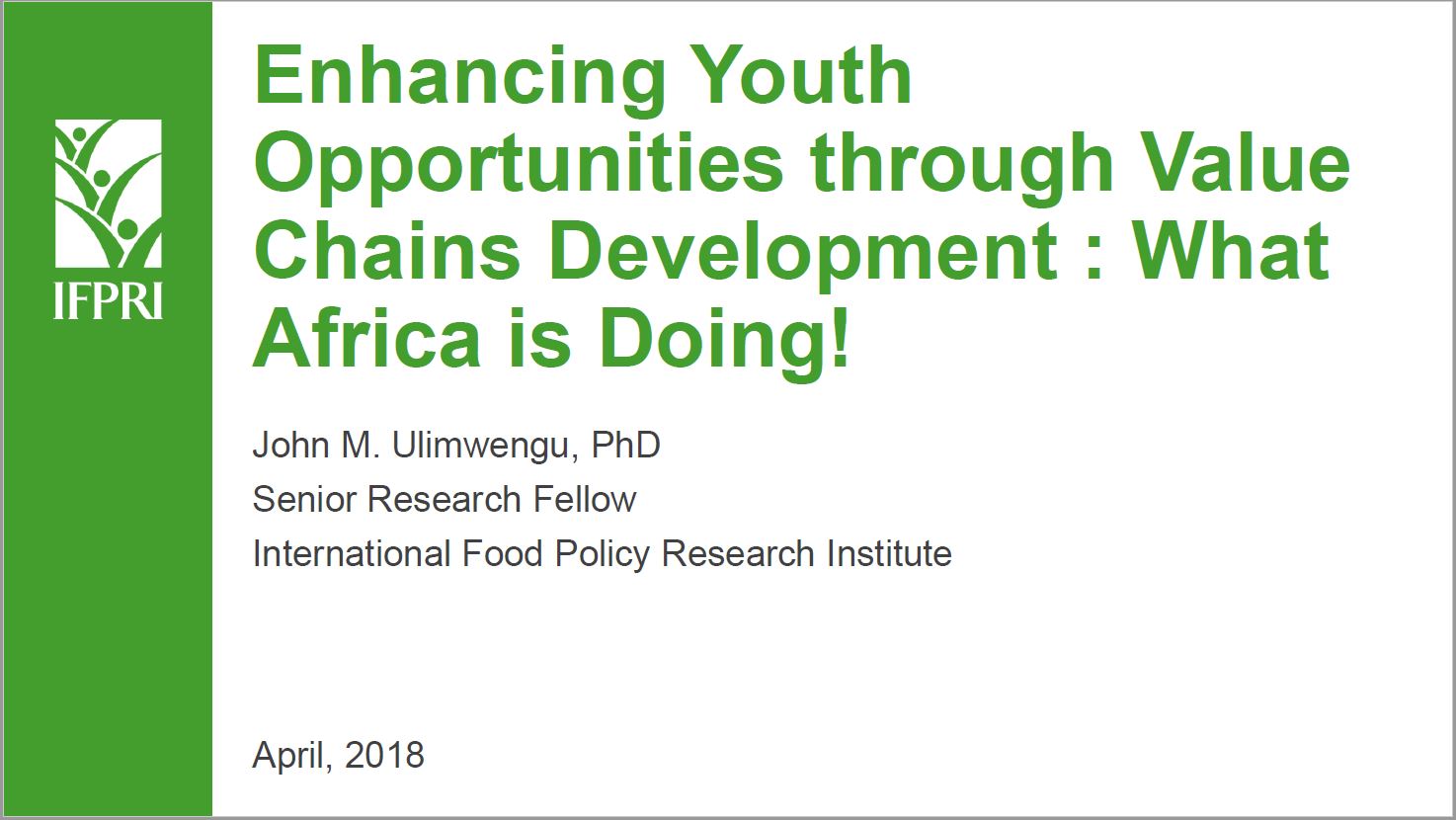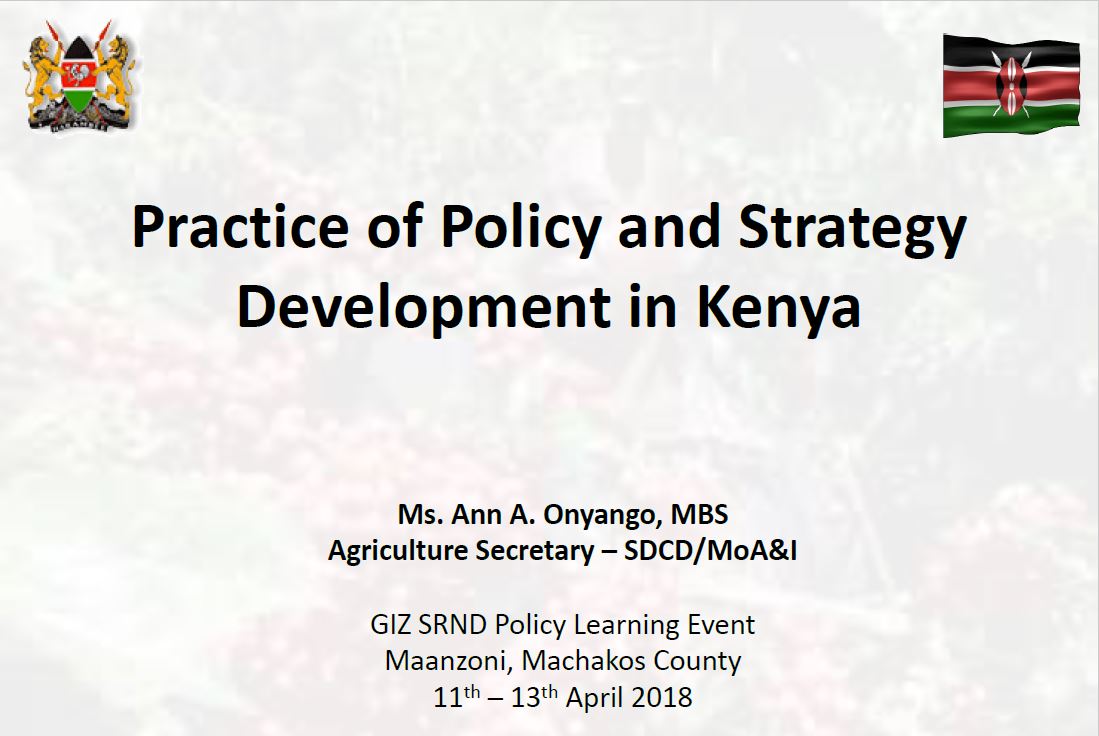Jobs, Jobs, Jobs — Creating and Measuring Youth Employment
How can Africa generate 20 million new jobs for the youth each year? — This is a key question for German development cooperation right now
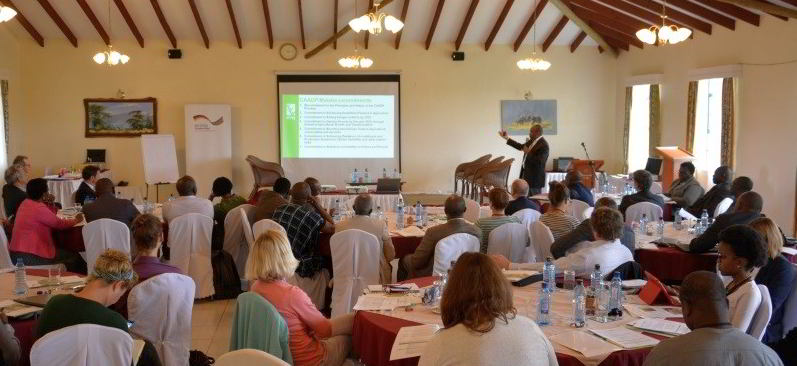
John Ulimwengu, one of the experts sharing facts, figures and trends on youth employment
Photo: GIZ
BMZ’s Marshall Plan with Africa underscores that “the average age in Africa is 18 years. Soon Africa’s population will top 2 billion (…). Developing the necessary economic structures and creating new employment and training opportunities will be the central challenge.”
The recent learning event of the PPARD working group, held in Kenya 11-13 April, zoomed in on the ongoing debate about how to possibly resolve the staggering mismatch between labour market influx of youth and current level of job creation from a policy perspective. Participants from nine African countries, Germany and the USA exchanged their experience and familiarized themselves with new concepts on employment creation, tools for policy advice and monitoring methodologies. Experts provided input on the current state and new trends in job creation, definitions of employment and the question of how to properly measure the related figures.
Policy toolbox forthcoming
GIZ colleague Julia Reimers presented a new toolbox that aims to promote the agri-food sector, containing 160 instruments for analysing and policy development. It shall support decision-makers and policy advisors with their day-to-day efforts to promote enterprises along agricultural value chains. The handbook including the toolbox will be published on the SNRD website soon.
Enhancing youth opportunities
John Mususa Ulimwengu, Senior Research Fellow at IFPRI, did not only challenge policymakers but also demanded more youth to become active job creators — rather than job seekers. He said he was a strong believer in entrepreneurship and the promotion of start-ups for development, seeing running one’s own business as the durable pathway to youth empowerment.
Download presentation
Case study
Lydiah Wafula, a 32-year-old dairy farmer from Kakamega County in Kenya, attended the event as a youth representative. For her farming is a good thing. « We only need to make it more attractive for the youth so that they know that farming is able to generate some income », she said.
Pioneers like Lydiah see great opportunities for job creation in the up- and downstream industries of the value chains, as well as in off-farm support services. Most rural youth still perceive traditional agriculture as a career of last resort – an option for the old, or those who failed at securing more glamorous white-collar jobs. Discussions during the workshop therefore focused on how the agricultural sector can turn itself into a career of choice by the means of more favourable framework conditions.
The voice of Africa’s rural youth
Employment, especially in rural areas, is complex and there is no unambiguous definition. The World Bank specifies employment as work performed for pay or profit. This however leaves out in how far subsistence production might be part of it. USAID, on the other hand, does not explicitly distinguish between work and employment. In practice, employment is measured here in terms of full-time-equivalent work. Still, the methodology to measure this remains unclear. The FAO widens the definition of employment by considering the dimensions of quantity, quality and composition. They include paid forms of work as well as implicitly remunerated economic activities for own use. The FAO counts the number of 8-hour work days in any given calendar year as a basis.
Download presentation
Youth unemployment in Africa is staggering. However, possibly more jobs are created through agricultural cooperation projects than reported, since there is no systematic way of measuring employment. Jochen Kluve, Professor of Empirical Labor Economics at Humboldt University Berlin and head of the Berlin Office of the Leibniz Institute for Economic Research RWI, and his team are currently conducting a study for the sector project Employment in the Rural Areas with a Focus on Youth which attempts to overcome this gap. The study examines the impact of different types of interventions on job creation and their direct, indirect as well as induced effects.
Classification of intervention types from an employment perspective
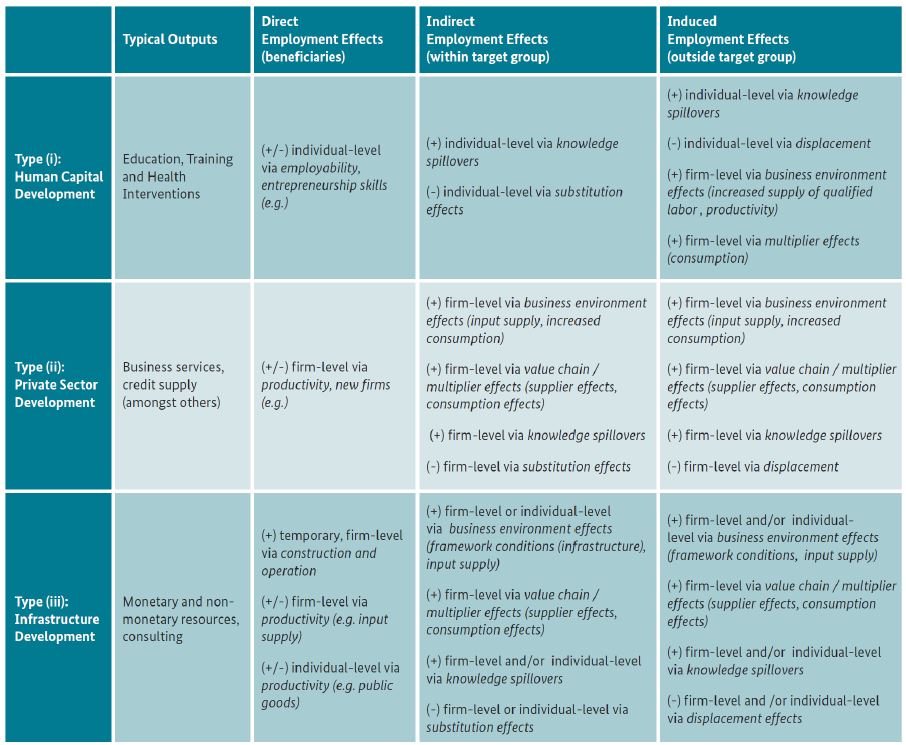
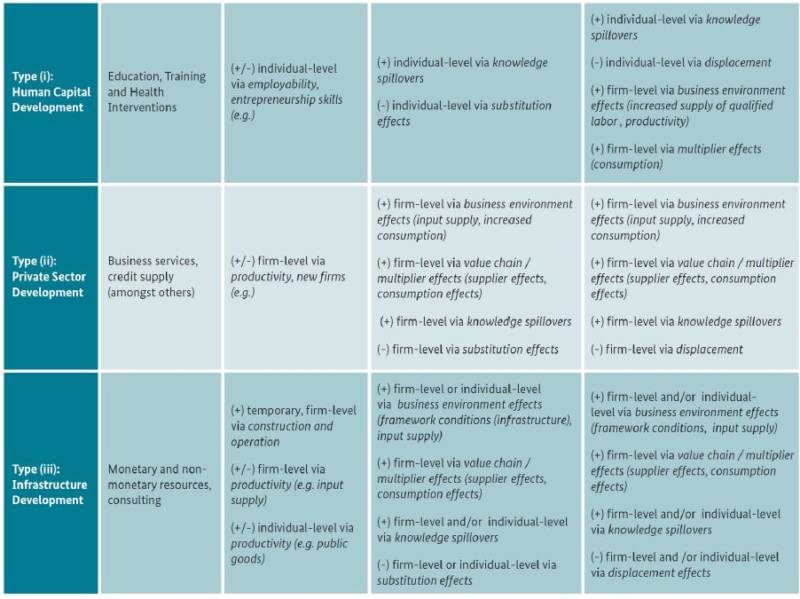
Classification by Kluve
Labour market interventions over the educational lifecycle
The educational lifecycle offers several opportunities for labour market interventions, such as the development of human capital for employability, engaging the private sector, enhancing infrastructure and institutions, policy advice and awareness raising. However, the time frame for such interventions to become effective remains unclear.
Labour market interventions over the educational lifecycle

By Kluve
From the discussions, it became evident that practitioners need to consider, evaluate and mainstream short-term as well as long-term approaches in our rural development projects. The Kenyan government is facing the challenges of a youth unemployment rate of 35% in rural areas. Various specific governmental programs, as well as a newly drafted Youth in Agribusiness Strategy, are strategic answers to this complex issue.
Download presentation
Lydiah Wafula stressed the importance of consulting the rural youth directly in these discussions. She encouraged the participants to engage with the youth as they are the true experts in this matter.
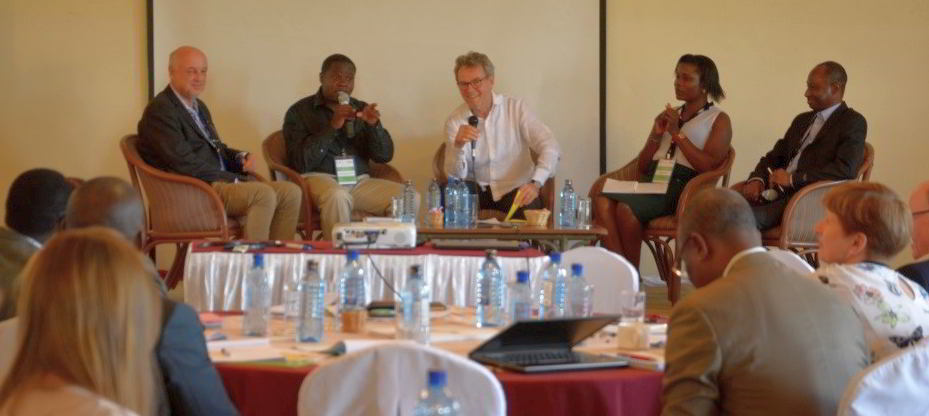
From left to right: Mathias Braun (Cluster Coordinator Agriculture in Kenya and co-speaker of the SNRD PPARD working group), Astariko Ingati (young Kenyan poultry farmer), Peter Keller (facilitator), Lydiah Wafula (young Kenyan dairy farmer) and Kofi Biney (Deputy Team Leader of the Market-oriented Agriculture Program in Ghana)

